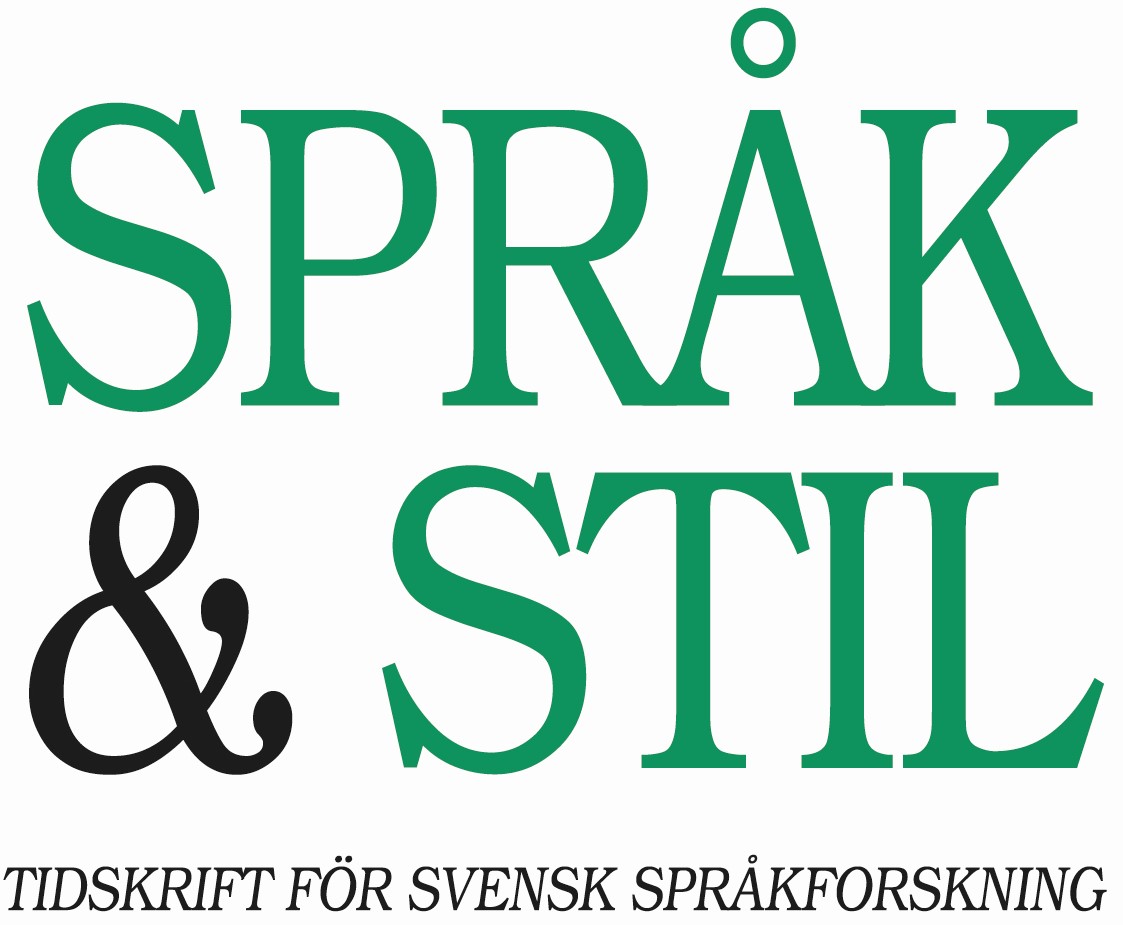Betydelsen av svenska, engelska och andra språk för hantverkare som reser till Sverige för att arbeta En nexusanalys av språk och arbete på den flerspråkiga byggarbetsplatsen
DOI:
https://doi.org/10.33063/diva-492983Nyckelord:
labour migration, multilingualism, nexus analysis, language broker, blue-collar workAbstract
In this article we investigate the linguistic working life of manual workers who commute from Estonia for installation work at a large construction site in Sweden. Language use is analysed from the perspective of nexus analysis (Scollon & Scollon 2004), including the installers’ historical body, interaction order and discourses in place. The findings show that the workers have extensive experience of construction work in several countries and that they carry out their work without knowledge of Swedish. They are part of a professional Estonian team but work mainly alone and get all necessary instructions from their team leader in Estonian. The team leader coordinates their work but also functions as a language broker in the interactional order, using English as a lingua franca. Installation work is considered “language marginal”, and the dominating discourse in place assigns a higher value to the workers’ craftmanship, flexibility and efficiency than their competence in a specific language. The fact that work is carried out in a country where Swedish is the main language does not have any practical significance, neither for access to work nor for carrying out the work. Based on these findings, we conclude that the wide-spread metaphor “Swedish language as key to the labour market” relies upon a simplified understanding of language and labour market.
Downloads
Publicerad
Nummer
Sektion
Licens
Copyright (c) 2023 Författarna

Det här verket är licensierat under en Creative Commons Erkännande 4.0 Internationell-licens.
Författare som bidrar till Språk & stil har givit sitt medgivande att publicera sina artiklar under en Creative Commons-licens (Creative Commons CC-BY 4.0), vilket ger tredje part rätt att kopiera och återdistribuera materialet i vilket medium eller format som helst. Det ger också tredje part rätt att bearbeta, förändra och vidareutveckla materialet för vilket syfte som helst, inklusive kommersiellt, på villkor att tydligt erkännande ges till verkets upphovsperson, att en länk till licensen tillhandahålls och att det tydliggörs om ändringar av verket har gjorts. Detta ska göras på skäligt vis, och får ej förespegla att licensgivaren godkänner tredje part eller vederbörandes användning av verket. Författaren/författarna behåller copyright till verket.


